General description
The highly layered structure of the cerebral cortex is established through the pattern of neuronal cell migrations. The first step is the creation of the primordial layer, the preplate, consisting of radial glial cells and the earliest generated neurons. Among these neurons are the Cajal-Retzius neurons. In the next step, the preplate splits into a superficial (marginal) zone, where the Cajal-Retzius neurons reside, and a deep subplate wherein the neurons form. Neurons migrating from the subplate form the cortical plate. This migration takes place on the radial glial fibers.
The reeler mutant in mouse displays an abnormal pattern of cell migration throughout the cerebral and cerebellar cortices. The preplate forms normally, and the neurons differentiate at the correct times in the ventricular zone. However, instead of forming the normal "inside-out" arrangement of neurons in the cortical plate, the older neurons are found furthest from the ventricular zone, while the younger neurons do not migrate far at all. The reeler cerebral cortex is inverted from that of the wild type mouse.
The defect of the reeler mice appears to be in the production of an extracellular matrix protein by the Cajal-Retzius cells (D′Arcangelo et al., 1995, Nature 374:719-723.; Ogawa et al., 1995 Neuron 14:899-912.) This 388kDa protein is made by wild-type mice but not by the reeler mutants. It is thought that this Reelin protein is crucial for positioning the migrating neuron within the cortical plate (Figure 1). In the absence of Reelin, the migrating neuron would be "lost," and the cortical plate would be abnormal. We do not yet know the mechanisms by which Reelin informs the cells as to their position, how the cell responds to Reelin, and why the absence of reelin should give an "inverted" plate. However, the identification of the protein encoded by the reeler gene should allow us to begin these studies.
Specificity
Reelin
The antibody shows weak reactivity to reelin from other species.
Immunogen
Epitope: a.a. 164-496 mreelin
Recombinant reelin amino acids 164-496
Application
Detect Reelin using this Anti-Reelin Antibody, a.a. 164-496 mreelin, clone G10 validated for use in IH & WB.
Immunohistochemistry: A previous lot of this antibody was used in IH.
Optimal working dilutions must be determined by the end user.
Research Category
Neuroscience
Research Sub Category
Growth Cones & Axon Guidance
Quality
Evaluated by Western Blot on Rat brain lysates.
Western Blotting Analysis:
1:500 dilution of this antibody detected reelin on 10 μg of Rat brain lysates.
Target description
~388 kDa
Physical form
Format: Purified
Mouse monoclonal IgG1 in buffer containing 0.02 M Phosphate buffer with 0.25 M NaCl and 0.1% sodium azide.
Protein A purified
Storage and Stability
Stable for 1 year at 2-8ºC from date of receipt.
Analysis Note
Control
Mouse liver, kidney, rat brain lysate
Other Notes
Concentration: Please refer to the Certificate of Analysis for the lot-specific concentration.
Legal Information
CHEMICON is a registered trademark of Merck KGaA, Darmstadt, Germany
Disclaimer
Unless otherwise stated in our catalog or other company documentation accompanying the product(s), our products are intended for research use only and are not to be used for any other purpose, which includes but is not limited to, unauthorized commercial uses, in vitro diagnostic uses, ex vivo or in vivo therapeutic uses or any type of consumption or application to humans or animals.
- UPC:
- 51343804
- Condition:
- New
- Availability:
- 3-5 Days
- Weight:
- 1.00 Ounces
- HazmatClass:
- No
- WeightUOM:
- LB
- MPN:
- MAB5364
- Product Size:
- 100/µG












